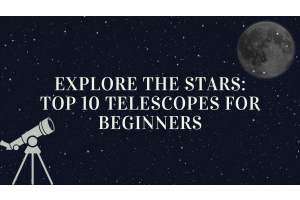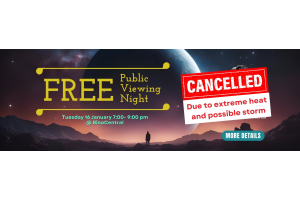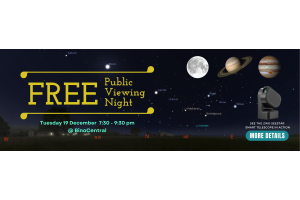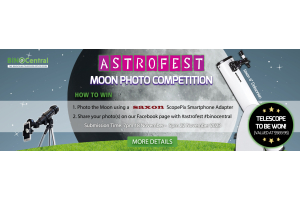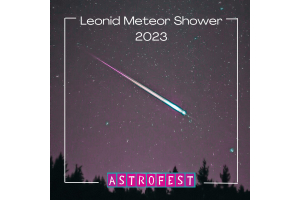Astrofest ‘Star’ Guest: Leonid Meteor Shower

As the crisp November nights approach, nature has an exquisite celestial display in store for us. The annual Leonid meteor shower is set to grace the night skies on November 6th lasting until the 30th of November
What makes this year's event even more special is that its peak coincides with Astrofest, offering a unique opportunity for attendees to witness this meteor shower.
History of the Leonid Meteor Shower
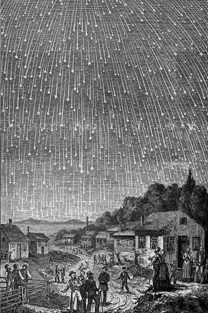
The Leonid meteor shower is anticipated to begin on the 6th of November and extend until the 30th of November. The peak of the meteor shower is expected on the 18th of November. During the peak, observers can expect an increased frequency of meteors at a rate of around 15 meteors per hour. The Leonids are associated with the comet Tempel-Tuttle, which orbits the Sun and leaves a trail of debris behind. Each year Earth crosses this debris trail, which causes particles to burn up in our atmosphere. Creating bright streaks of light that we commonly refer to as meteors or "shooting stars." Although it’s been thought that the Leonids have been witnessed since ancient times, On November 12th, 1833 there was a meteor shower so intense that it was possible to see up to 100,000 meteors every hour, at the time many thought it was the end of the world.
Tips for Viewing the Leonid’s
Here are some tips to enhance your viewing experience.
1.Find a Dark Location: Light pollution from city lights can obscure the fainter meteors. The best viewing locations are away from city lights in areas with minimal light pollution.
2.Dress Warmly: Late autumn nights can be chilly, so dress warmly in layers, bring blankets and comfortable shoes during your meteor-watching adventure.
3.Bring a Reclining Chair or Blanket:You'll want to look up for an extended period, so bring a reclining chair or a blanket to lie on for a more comfortable viewing experience.
4.Patience is Key: Meteor showers can be unpredictable, and there may be periods of quiet between meteor bursts. Be patient and be prepared to spend several hours observing to maximize your chance of seeing one.
5.Avoid Bright Moonlight: The Moon can wash out fainter meteors, so check the lunar phase. Fortunately, on the 18th of November in Perth, the Moon will be in a waxing crescent phase, which means less moonlight interference.
6.Bring Company: Watching meteor showers with friends or family can be a memorable experience. Share the awe and excitement as you witness nature's fireworks.
7.Capture the Moment: If you plan to capture the meteor shower with your camera, consider using a tripod and a wide-angle lens. Long exposures can help capture the streaks of meteors effectively.
8.Binoculars: Choose a Wide-angle binocular with a lower magnification, (e.g., Saxon 7x50 Binoculars) this will allow for a bigger field of view to increase the chance of seeing multiple meteors
Come Watch at Astrofest!
Astrofest is an annual event held at Curtin Stadium which brings stargazers and astronomy enthusiasts alike to celebrate the wonders of our universe.
However, this year the Leonid meteor shower peak will align with Astrofest on the 18th of November, providing a unique opportunity for those attending. The meteor shower will certainly add an extra layer of wonder to this already remarkable event.
Whether you're a seasoned astronomer or a curious novice, the Leonid Meteor Shower is an event not to be missed.
Clear Skies and Happy Stargazing!




